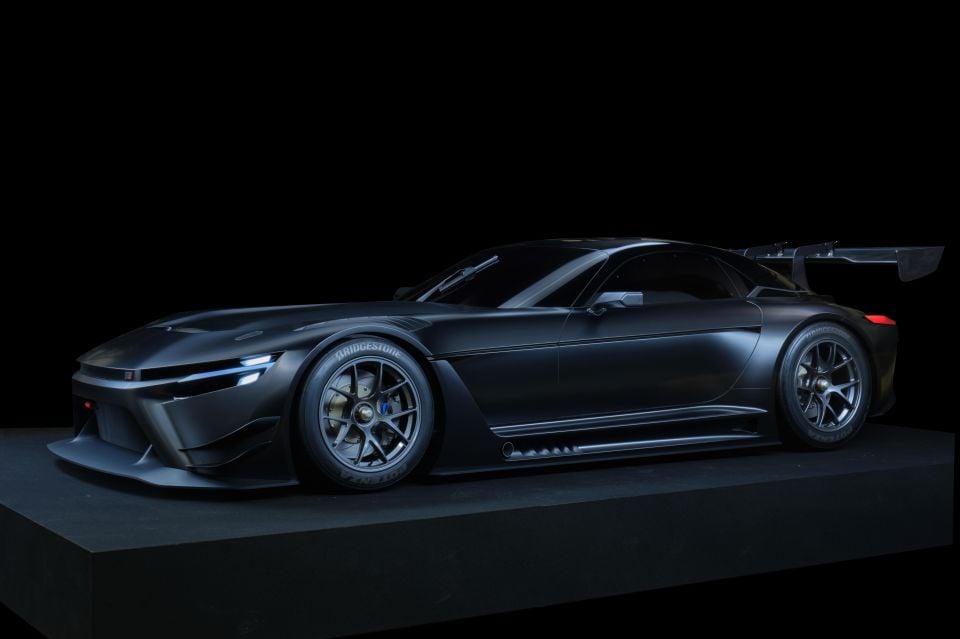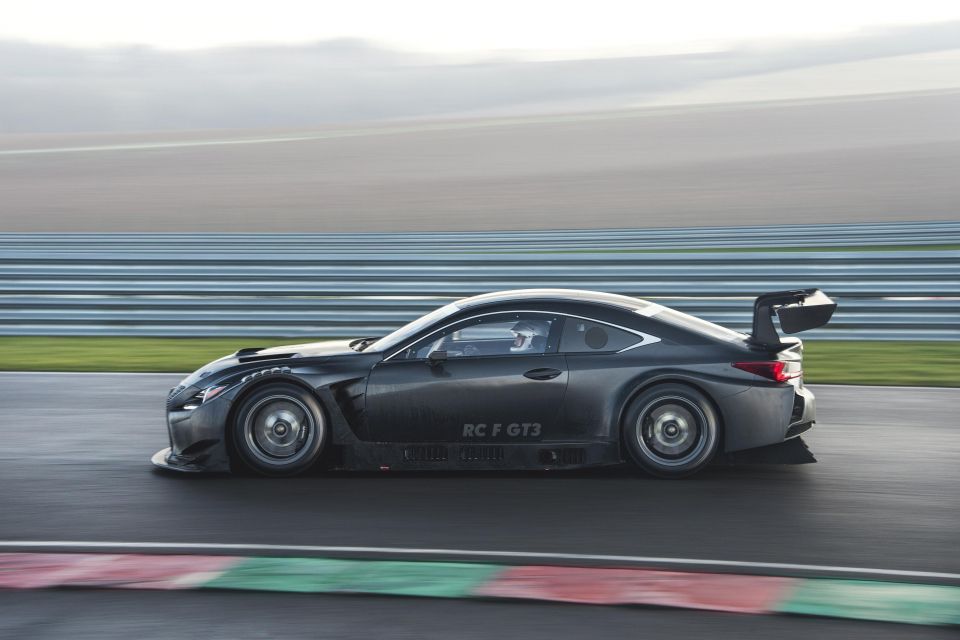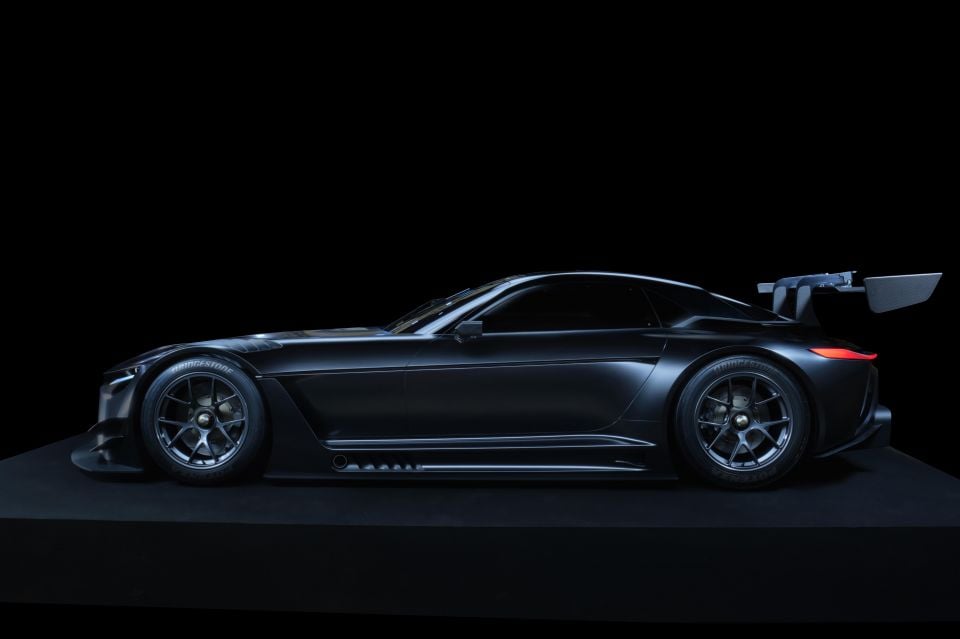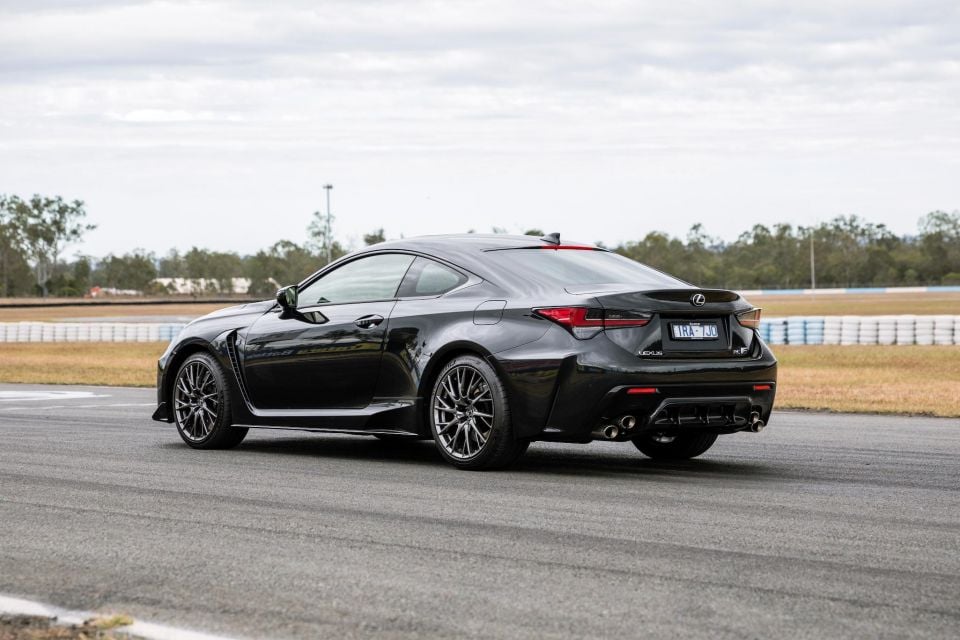

Ben Zachariah
Video: Off-road battle for Beer O’Clock Hill has automakers scrambling
11 Hours Ago

News Editor
The next-generation Lexus RC will be developed with GT3 racing in mind from the start, and could draw inspiration from the Toyota GR GT3 concept.
Toyota Racing Development president David Wilson hinted to Car & Driver, “It’s fairly safe to connect the dots and suggest that [the GR GT3 concept] could be a precursor to the next global GT3 car for Lexus.”
Toyota’s Gazoo Racing division has said it’ll have a running prototype of the GR GT3 concept by the end of the year, powered by an internal combustion engine of some sort, and Wilson says the race car should arrive “hopefully in a couple of years”.

The road car could also feature a hybrid powertrain, as is almost a requirement for a Lexus these days.
Developing the GT3 version of the next RC alongside the road car version is in stark contrast with how the current RC F GT3 was developed, with Wilson conceding it was an “afterthought”.
Wilson said the RC F’s on-track performance has been compromised by its heavy kerb weight – heftier than that of its GT3 competition – and a larger frontal area that increases drag.
“What we’ve all come to learn is that’s not the way you bring a GT3 car to market,” Wilson said.

“Before you put your first line on paper, you decide you’re going to race that car and that shapes the design parameters, the performance parameters of that production car.”
Toyota Gazoo Racing revealed the GR GT3 concept at this year’s Tokyo Auto Salon.
It features a classic race car silhouette with a long bonnet, a swept-back and steeply-raked rear window, and a large rear spoiler.
There’s also a very low front spoiler, bonnet vents, a side-exit exhaust, centre-lock wheels, a full-width rear light bar, and a humongous rear diffuser.

TGR intends to use the feedback from the GR GT3 concept and its motorsport technologies to develop both GT3 and “motorsports-bred” mass-production cars in the future.
The current RC F GT3 racer is powered by a 5.4-litre V8 engine producing more than 367kW of power, mated to a six-speed sequential transmission.
The RC F road car, in contrast, uses a naturally-aspirated 5.0-litre V8 with 351kW and 530Nm, mated with an eight-speed automatic transmission.

The RC F, along with the four- and six-cylinder RC300 and RC350, were withdrawn from the Australian market late last year due to the implementation of stricter side impact regulations.
The discontinuation of the RC F saw Lexus Australia lose its sole remaining F vehicle, as well as its only vehicle with the atmo 5.0-litre V8.
The RC was launched locally in 2014, with the RC F following in 2015. A facelifted model came late in 2018, although the RC wasn’t treated to a reskin for 2021 like the IS sedan.
Instead of being merely a two-door IS, the RC uses a platform that borrows from the defunct GS sedan and second-generation IS convertible – the front and mid-sections – and the third-generation IS’ rear.

MORE: Everything Lexus RC
Where expert car reviews meet expert car buying – CarExpert gives you trusted advice, personalised service and real savings on your next new car.
William Stopford is an automotive journalist with a passion for mainstream cars, automotive history and overseas auto markets.


Ben Zachariah
11 Hours Ago


CarExpert.com.au
19 Hours Ago


Damion Smy
1 Day Ago


Damion Smy
1 Day Ago


Damion Smy
2 Days Ago


Damion Smy
2 Days Ago